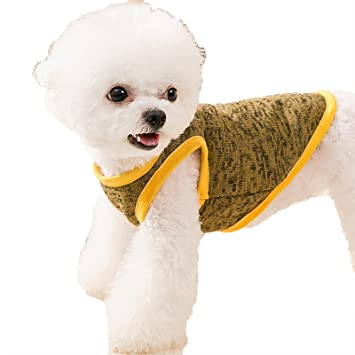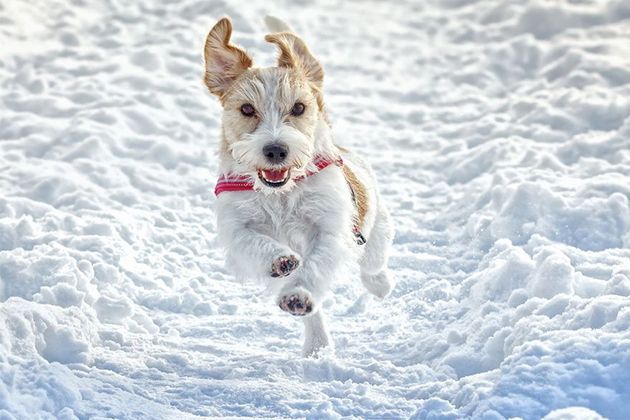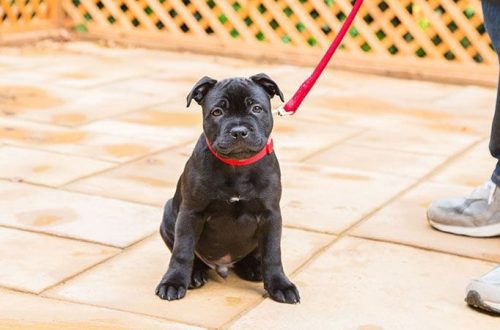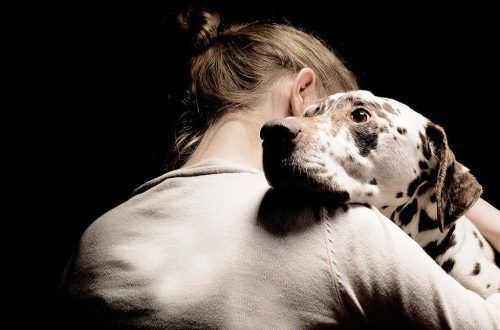
Comfortable winter for a dog

As you prepare for snowy dog adventures and walks in the dark, you need to make sure you have everything you need to keep your dog safe and sound during the winter months and comfortable. Let’s talk about how to prepare for winter!
Contents
Clothes for dogs
Not all dogs need insulated clothes for the winter: dogs with a thick undercoat and very active ones do not particularly freeze, even short-haired ones. But everything is individual, you need to pay attention to whether your dog is freezing on walks (trembling, pursing its paws, asking to go home or to take it in your arms). In addition, dogs without undercoat or hair at all, puppies, older dogs, pregnant dogs, small breeds and medium-sized greyhounds are more sensitive to low temperatures. Dogs with a lack of weight, diseases of the kidneys and the genitourinary system, heart, joints, and diabetes are also susceptible to temperature changes. Also, non-insulated clothing, for example, on thin cotton, can be worn on dogs that do not freeze, but have long hair, feathers on which snow sticks and interferes with movement: Yorkshire terriers, spaniels, setters, schnauzers, for example, have such hair. Winter clothing options for dogs include insulated overalls, blankets, vests and jackets. Clothing should be matched to size and coat type – dogs with long, fine coats that are prone to tangling are recommended smooth silk or natural cotton linings, while short-haired and smooth-haired dogs are suitable for almost all lining options. If the dog has cropped ears, or long floppy ears, is prone to otitis media, you can put on a hat or scarf collar on the dog to protect the ears from wind and snow. The hat should be breathable, as the greenhouse effect inside the hat is just as harmful to the ears as the humidity and wind outside, and not too tight so that the ears do not get numb under the hat.
Paw protection
Shoes for dogs
Shoes protect dog’s paws from sharp crust, anti-icing agents, cold and slush. Reagents, falling between the fingers, into small cracks on the pads can cause dermatitis and ulcers. Shoes should be well-fitting and comfortable for the dog. When choosing, you need to take into account the claws, and remember that any shoes inside are a few millimeters smaller than outside.
Paw wax
If the dog is not accustomed to walking in shoes, flatly refuses it – you can use a special wax for paws. It is applied to the pads before a walk, and protects against reagents and frostbite, softens the skin of the paws. In any case, after walking without shoes, you need to thoroughly wash the dog’s paws, if necessary – with soap for the paws, and wipe them dry – excessive moisture leads to fungal diseases, and licking poorly washed paws, the dog can be poisoned by reagents remaining on the coat. If the paw pads are very rough, small cracks begin to appear, nourishing and softening paw creams can be used to soften the pads after a walk. Without protection for the paws, it is quite possible to walk in your yard of a private house, in the countryside, outside the city, in parks, and in other places where the paths are not abundantly sprinkled with reagents or salt.
Luminous/reflective collar or keychain
In winter, it dawns late and darkens early, and walking with the dog is most often done in the dark. It is worth taking care of the safety of the dog, and put on luminous collars, key chains, or ammunition and clothing with reflective elements. This will allow car drivers to see the dog from afar, and the owner to see where the dog is and what it is doing.
Walking
In winter, the mode of walking can also be changed. In bad weather or severe frosts, long walks will do more harm than good. In the cold season, it is better to shorten the walks in time, but make them more active – run, jump, play, play sports. The owner can make hiking and skiing, during which the dog has the opportunity to actively move. The more the dog moves, the more intense its metabolism and the more heat its body releases. Do not allow the dog to lie on the snow or on ice for a long time, walk along the roadsides, and eat snow, where harmful reagents accumulate in the greatest amount. It is impossible to force the dog to actively run and jump on ice – this is fraught with joint injuries, both for the dog and for the owner. It is better during this period to walk the dog on a leash.
If the dog lives on the street
On the site, the courtyard of a private house, dogs with a thick and dense undercoat can live. But they also need protection from the cold and wind in winter. It can be a good insulated booth, an aviary with a warm booth. Although many dogs may prefer a warm kennel to a pit in a snowdrift or just sleeping in the snow, an insulated place for a dog, however, should be up to the dog to decide when to enter the kennel. In winter, the dog’s body spends much more energy to maintain normal body temperature. The calorie content of the diet can be increased, as the body needs more energy to generate heat. At the same time, caloric content is needed due to the nutritional value of the feed, and not by increasing the portion of food. If the dog is on a natural diet, you can give a little more meat and fish, offal, as well as add fish oil, vegetable oil, eggs, vitamin and mineral complexes. If the dog is on dry food, you can choose food for active dogs, if desired, soak in warm water. For dogs living outside, the food bowl should be made of plastic. When kept outdoors, dogs usually eat snow, as the water in the bowl freezes quickly. It is better to put a bucket or basin with clean snow in front of the dog. From such a “drink” the dog will not catch a cold, and if necessary, will be able to satisfy the need for liquid. In winter, the dog must be combed out, especially long-haired ones, since the accumulated abundant undercoat that has fallen out can fall off, which will lead to the formation of tangles, and tangles are poor thermal insulation. It is not necessary to wash the dog in winter, but if the coat is very dirty, you can use a dry powder shampoo.





